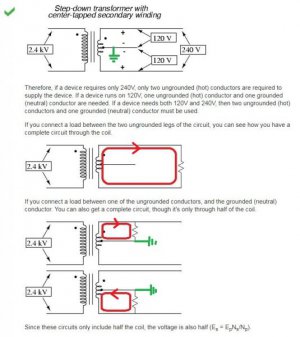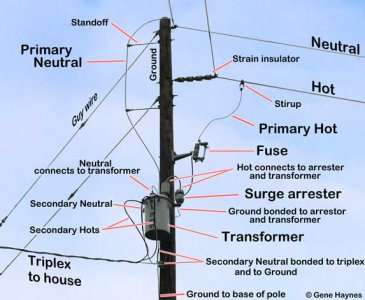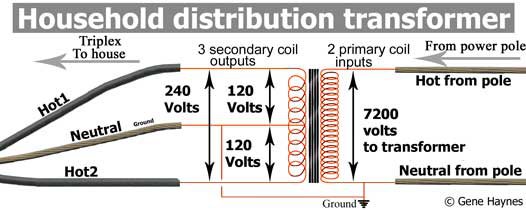What cleared this up in my head was looking at waveforms on an oscilloscope several years ago when I was cutting my teeth on electronics. I had seen some banter back and forth on electronics forums; someone was saying 3ph is out of phase by 120deg and single phase is out by 180 degrees, some disagreed, and I didn't know who to believe. I learn best hands-on, so I set out to resolve it myself.
Using an isolated oscilloscope (fluke scopemeter) I looked at the 3 phases of a 480V supply. Probe 1: ground to L1, clip to L2. Probe 2: ground to L2, clip to L3. Probe 3: ground to L3, clip to L1. I get 3 sine waves separated by 120 degrees, as expected.
Now I go to do the same thing on a 240V single phase supply. Probe 1: ground to L1, clip to L2. Probe 2... what do I do with probe 2?... ground to L2 and clip to L1? That's just monitoring the same thing as probe 1, but with inverted polarity. But whatever, let's try it... ground to L2 and probe to L1... aaand... It's "180 degrees out of phase" with what? ... with itself. There is only one phase, and saying it's "180 degrees out of phase" is a waste of your breath and everyone else's sanity.




